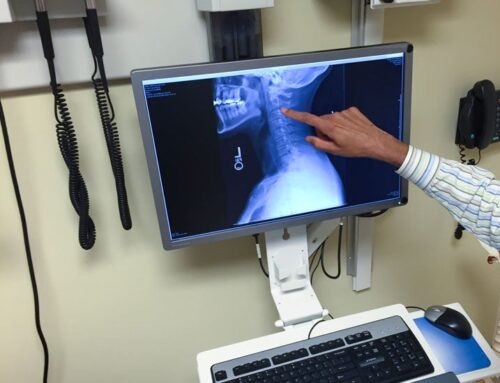All about Cardiac Loop
The human heart is one of the most vital organs in the body, responsible for pumping blood throughout the body and supplying it with oxygen and nutrients. The cardiac loop is a crucial aspect of this process, as it allows for the efficient circulation of blood through the heart. In this essay, we will discuss the importance of the cardiac loop in maintaining a healthy heart and why it is essential to understand how it works. 
Understanding the Cardiac Loop
This loop is a continuous cycle that involves the movement of blood through the heart. It begins with the right atrium receiving deoxygenated blood from the body, which then passes through the tricuspid valve into the right ventricle. The right ventricle then pumps the blood through the pulmonary valve and into the pulmonary artery, which carries it to the lungs for oxygenation. The oxygenated blood then returns to the heart through the pulmonary veins and enters the left atrium. From there, it passes through the mitral valve into the left ventricle, which pumps it out through the aortic valve and into the aorta, where it is distributed throughout the body.
Importance of Efficient Cardiac Loop
Efficient functioning of it is critical for maintaining a healthy heart and preventing cardiovascular diseases. Any disruption in this process can lead to a range of health problems, such as heart failure, arrhythmias, and hypertension. For example, if the heart’s pumping action is weakened or ineffective, it can lead to a buildup of fluid in the lungs and other parts of the body, causing shortness of breath, fatigue, and swelling. Similarly, if there is a blockage in any part of the cardiac loop, it can result in a heart attack or stroke.
Factors Affecting Cardiac Loop
Several factors can affect the efficiency of the loop. These include lifestyle habits such as smoking, poor diet, lack of exercise, and stress, as well as genetic factors and underlying medical conditions such as diabetes, hypertension, and high cholesterol. These factors can lead to the development of atherosclerosis, a condition where the arteries become narrow and hardened due to the buildup of plaque, which can impede blood flow and increase the risk of heart disease. 
Importance of Cardiac Loop Monitoring
Monitoring the loop is an essential aspect of maintaining heart health. This can be done through various diagnostic tests, such as electrocardiograms (ECG), echocardiograms, and stress tests, which can help identify any abnormalities or irregularities in the heart’s functioning. Regular checkups with a healthcare provider can also help detect any underlying medical conditions that may affect the cardiac loop’s efficiency.
Treatment Options for Cardiac Loop Disorders
If a cardiac loop disorder is detected, several treatment options are available depending on the severity and underlying cause of the condition. Lifestyle changes such as quitting smoking, adopting a healthy diet, and regular exercise can help improve heart health and reduce the risk of cardiovascular diseases. Medications such as beta-blockers, diuretics, and anticoagulants may also be prescribed to manage symptoms and prevent further complications. In severe cases, surgical procedures such as angioplasty or bypass surgery may be necessary to restore blood flow to the heart.
Conclusion
In conclusion, the cardiac loop plays a crucial role in maintaining a healthy heart and preventing cardiovascular diseases. Understanding how it works and monitoring its efficiency is essential for maintaining optimal heart health. By adopting healthy lifestyle habits, seeking regular medical checkups, and following prescribed treatment plans, individuals can reduce their risk of developing cardiac loop disorders and ensure long-term heart health.
Find more information on the links below:




